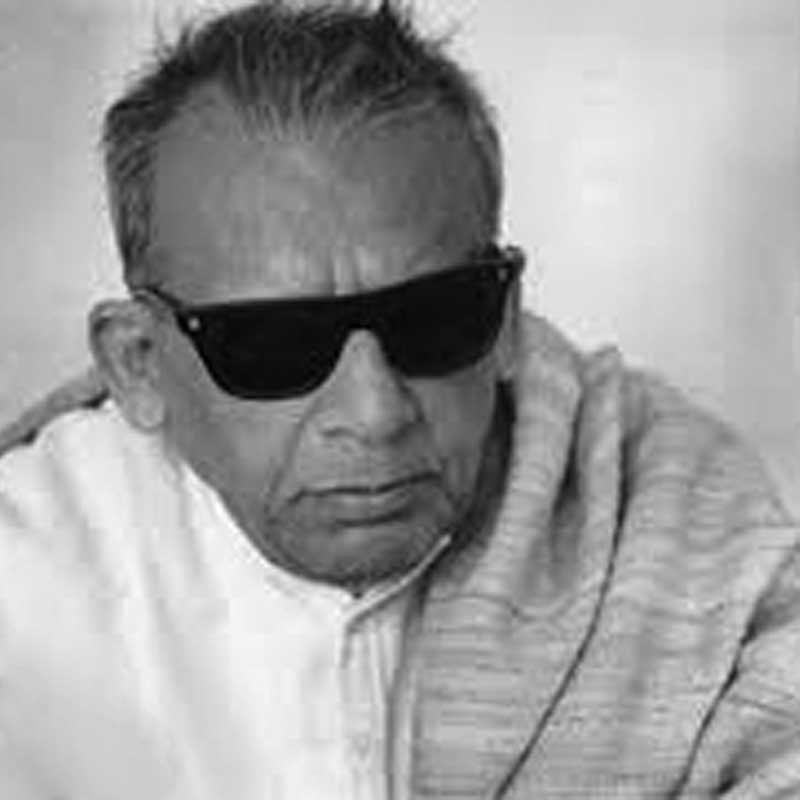
Benode Behari Mukherjee (1904-1980) was born in Behala, West Bengal (now included in Calcutta). He taught at Visva Bharati University in Santiniketan.
Mukherjee was a pioneer in Indian modern art and a central figure in the Contextual Modernism movement. Among the first modern Indian artists to embrace murals as a form of artistic expression, his works reflected a refined sensitivity to environmental and architectural nuances.
His style was a sophisticated blend of influences drawn from Western modern art and the spirituality of Oriental traditions. Many of his works reflect the impact of calligraphy and the traditional wash techniques of China and Japan, skills he honed under the guidance of traveling Japanese artists. He also found inspiration in the intricate details of traditional Indian miniature painting. Western modern art, particularly Cubist techniques, played a significant role in shaping his approach, as he often employed them to address spatial challenges in his compositions.
Above all, his style was celebrated for the harmonious fusion of diverse traditions, which earned him widespread acclaim. His magnificent murals at the Visva Bharati campus stand as enduring testaments to this achievement. In 1948, he was appointed director of the National Museum in Kathmandu, Nepal. Later, he moved to the Doon Valley, where he founded an art school, though financial constraints ultimately forced its closure.
In 1972, filmmaker Satyajit Ray, a former student of Mukherjee at Santiniketan, created a documentary about him titled ‘The Inner Eye’. The film offers an intimate exploration of Mukherjee’s artistic journey and how he adapted to life as a visual artist after losing his sight. In 1974, he was honored with the Padma Vibhushan, and in 1977, Visva Bharati University conferred upon him the Deshikottama award. He was also awarded the Rabindra Puraskar in 1980, the year of his passing.